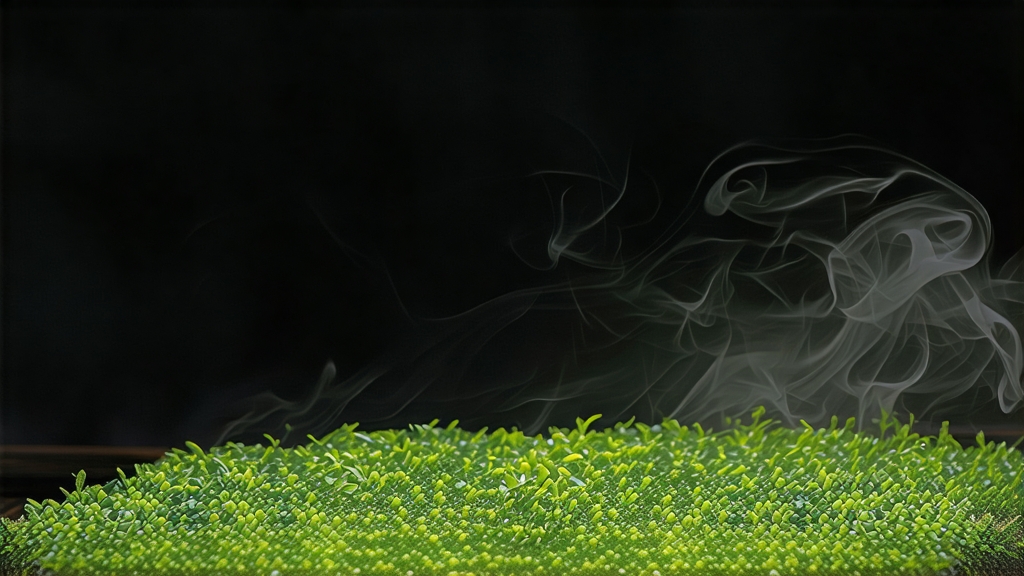
Tucked into the humid, karst-pocked mountains of southern China’s Guangxi Zhuang Autonomous Region, Liupao (sometimes spelled “Liu Bao”) is the quiet ambassador of Chinese dark tea. While Pu-erh hoards the global spotlight, Liupao has spent four centuries perfecting a deeper, duskier voice—one that speaks of forest floors, betel-nut grofts and the slow tick of post-fermentation. For the international drinker ready to look beyond the celebrity teas, Liupao offers a liquid textbook on how microbes, memory and mountain terroir can conspire in a single cup.
-
From Military Road to Tea Road: a Brief History
The name “Liupao” literally means “six castles,” a reference to the six stockades that once guarded the trade route between the Pearl River delta and the ancient Yunnan frontier. During the late Ming dynasty (1600 s), pressed tea leaves were lashed to mule saddles as barter for horses, salt and medicinal herbs. The 2,000-km journey took six months; dew, body heat and tropical rain triggered an accidental secondary fermentation. When the bricks arrived, locals noticed the once-green leaf had turned ebony, its bitterness replaced by a mellow, camphor-sweet liquor. Demand for this “accidental” style surged among the Cantonese and Hong Kong dockworkers who believed it settled the stomach after a greasy dim-sum breakfast. By the Qing, Liupao had earned imperial tribute status; court physicians prescribed it for “dissolving oil and awakening the spleen.” After 1949 the state designated Liupao one of China’s three national “border teas,” subsidising its production so that ethnic-minority hill tribes could keep drinking it buttered and salted, Tibetan-style. Only in 2008 did the bureaucratic category “Chinese dark tea” (hei cha) formally recognise Liupao alongside Pu-erh, Qian-liang and others, triggering a boutique renaissance that now sees 1950s vintages auctioned in Kuala Lumpur for more than aged Scotch. -
The Leaf: Varietals and Grades
Liupao is not made from a single cultivar but from a gene pool of Guangxi large-leaf assamica variants locally called “zhong ye zhong” (medium-leaf type). Gardeners value three clonal workhorses:- Guilin #4: high in catechins, yields a bright crimson soup and a long, sweet aftertaste.
- Wuzhou #1: broad leaves, thick cuticle, ideal for the humid “wet piling” stage; lends the signature betel-nut note.
- Rongxian wild tea: picked from 6-metre trees on cliffs; illegal to harvest now, but pre-2000 cakes containing 10 % wild leaf are collector’s trophies.
Processors grade the maocha (rough tea) into five tiers: gong (palace), te (special), yi (1st), er (2nd) and san (3rd). Grade is determined by bud ratio and stem thickness, yet unlike green tea, the top grade is not necessarily the most prized; many aficionados prefer yi-grade for its gutsier microbial substrate and lower price.
- Crafting the Darkness: a Step-by-Step Look
Although Liupiao and ripe Pu-erh both rely on wet-pile fermentation (wo dui), the Guangxi climate, leaf chemistry and finishing techniques create a different microbial consortia and flavour arc.
Step 1: Plucking
The harvest window is Qingming to Guyu (early April) when two leaves and a bud stretch 8–9 cm. Farmers pick only before 10 a.m. to keep leaf temperature below 25 °C, preventing early red edges.
Step 2: Solar Withering
Leaves are laid on split-bamboo racks for 3–4 hours until they lose 15 % moisture. The subtropical sun fixes a grassy top-note that will later contrast with deep fermentation.
Step 3: Kill-Green (Sha Qing)
A 200 °C, 60-cm diameter wok receives 4 kg of leaf per batch. The tea master tosses for eight minutes, using shoulder-level arcs to drive off floral volatiles and rupture 60 % of cell walls—less than green tea, more than Pu-erh—leaving enough enzyme substrate for microbes.
Step 4: Rolling
A 55-rpm mechanical roller bruises the leaf for 35 minutes without breaking stems. The goal is